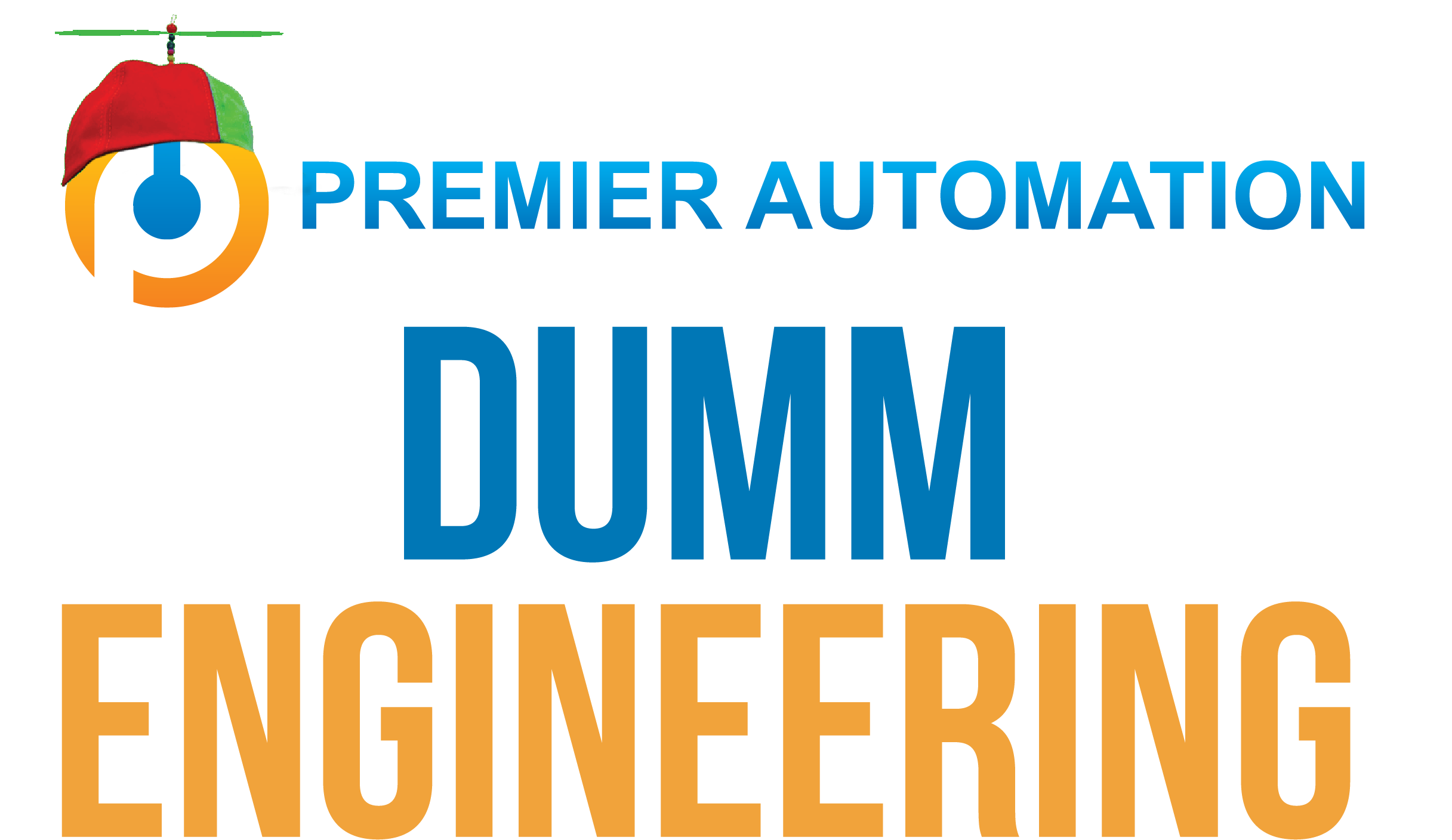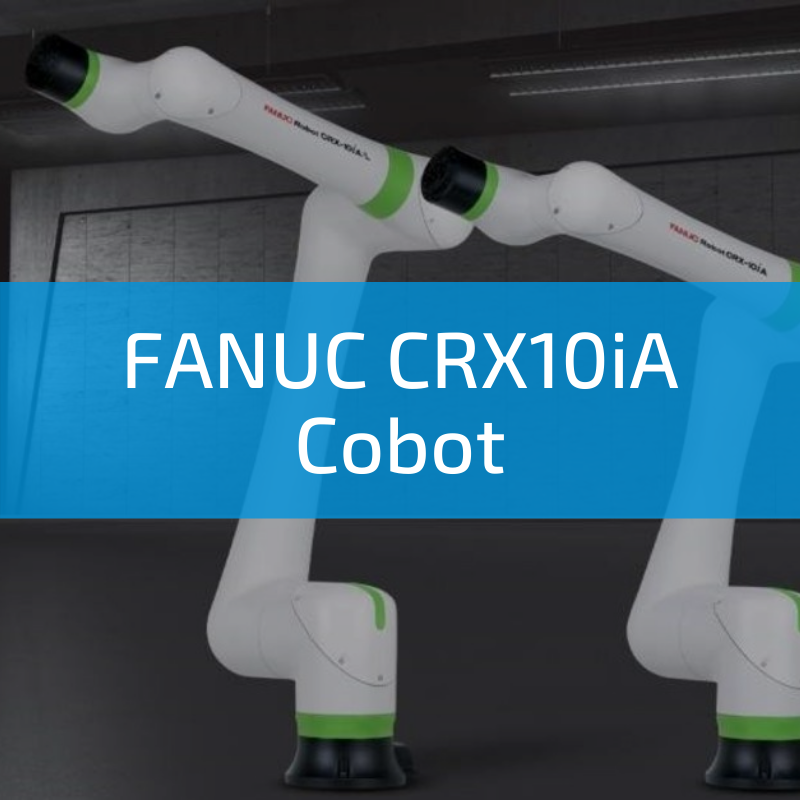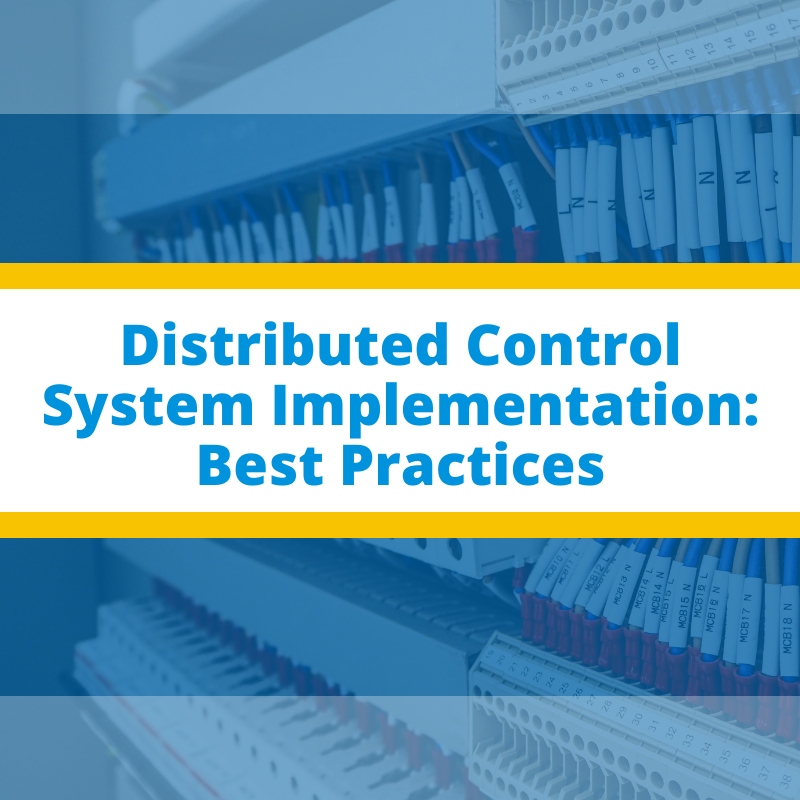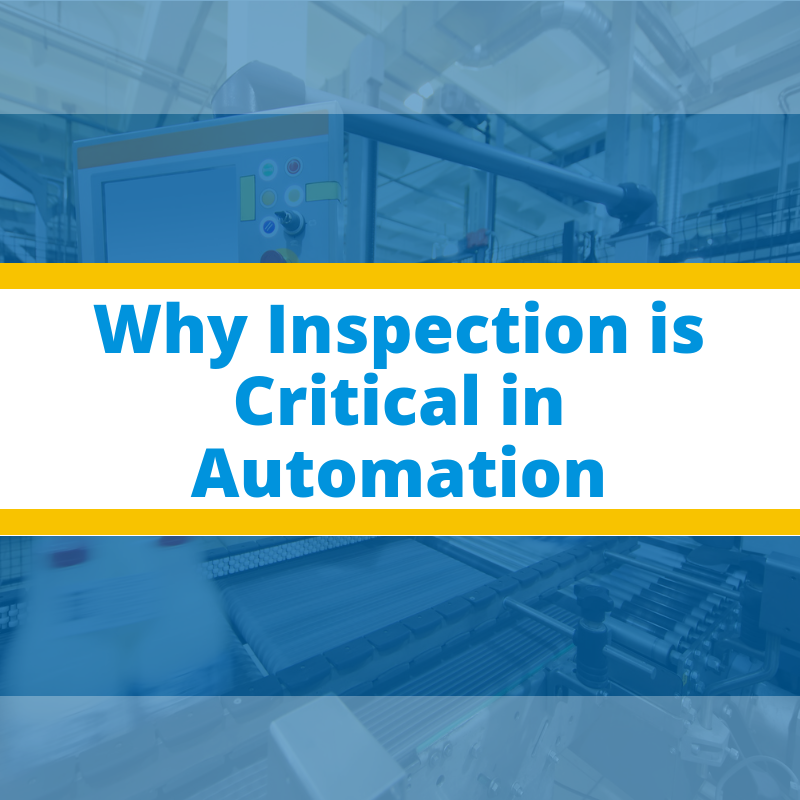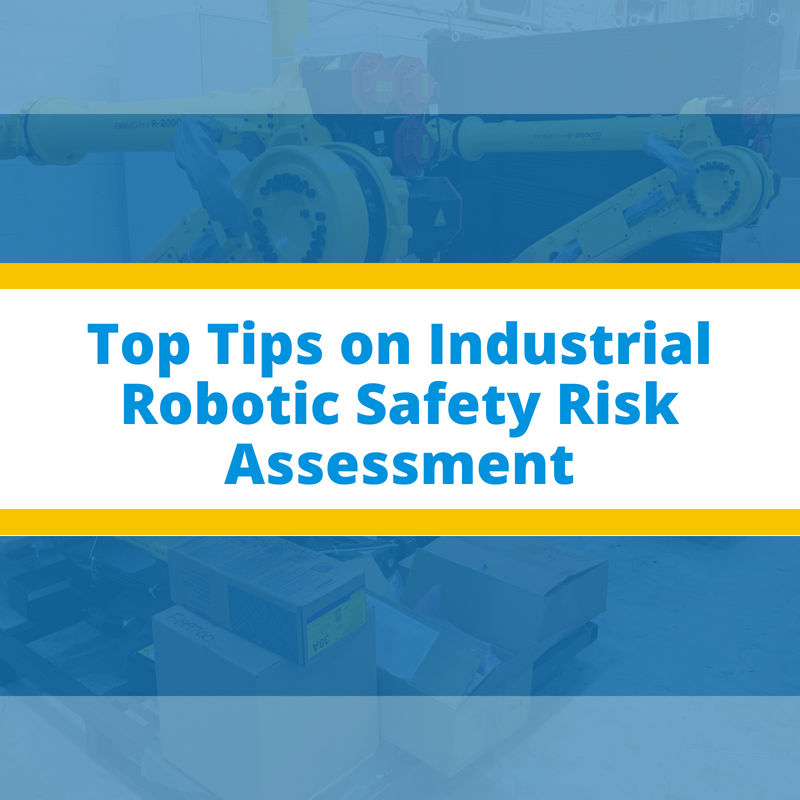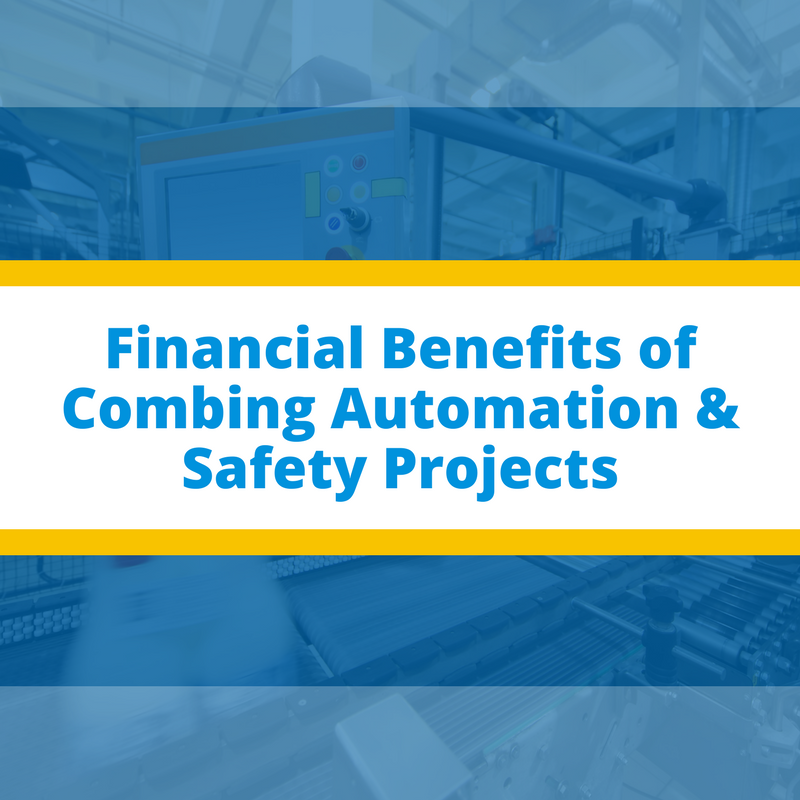Contactors and relays are switches that allow control of a system by opening and closing under power. There are two major components that make up these devices: a coil and contacts. When a small current is applied to the coil, it creates a magnetic field that pulls a contact into the opposite position. The contacts come as either normally open (NO) or normally closed (NC) and they allow different control states within a circuit. A normally open contact on a relay doesn’t allow current to flow in its natural, unactuated state; when power is applied to the coil, it then allows current to flow. A normally closed contact functions in the opposite way - it allows current to flow in its natural, unactuated state, and stops the flow of current when actuated. Contactors and relays can be purchased with many different configurations of contacts.



